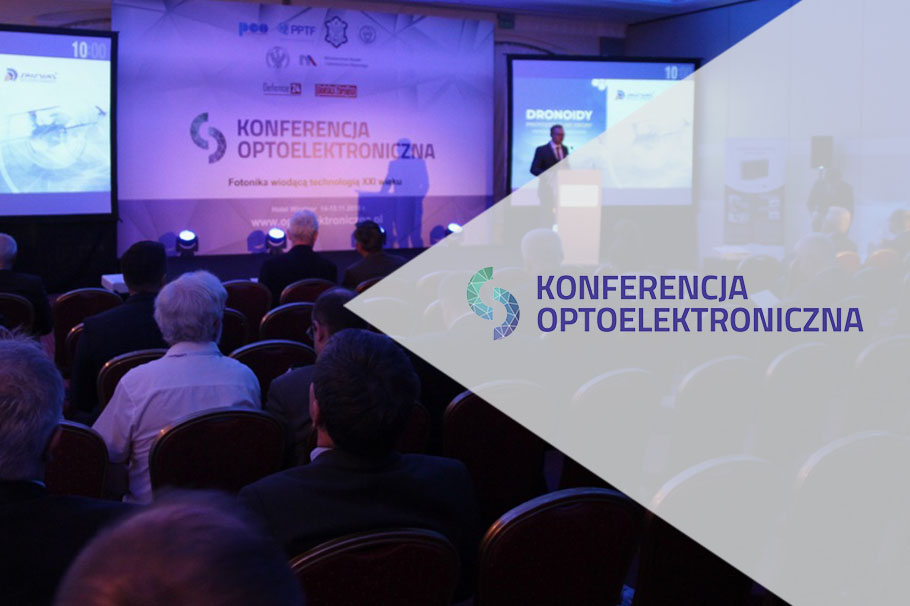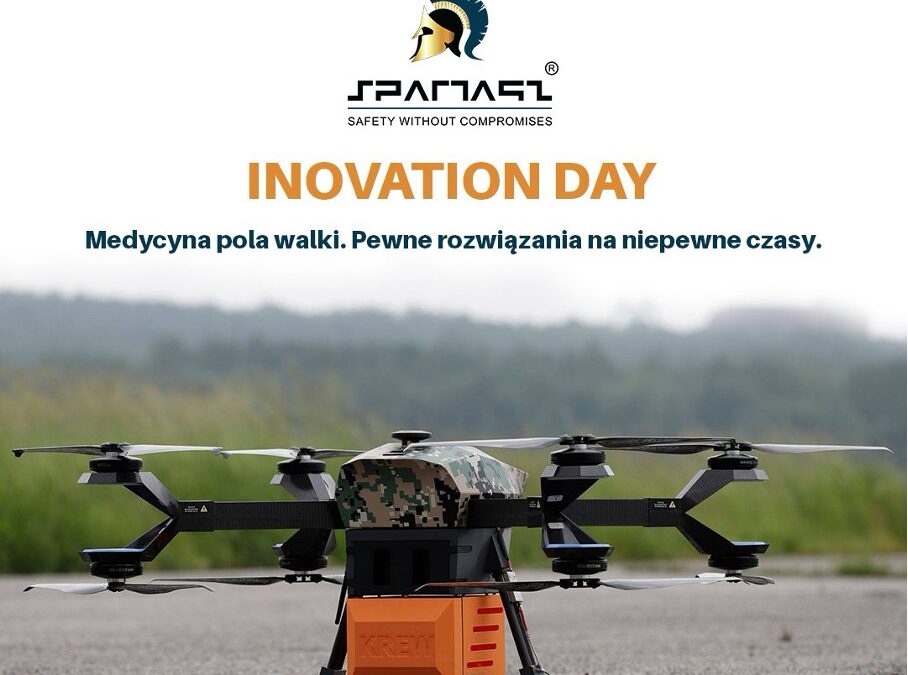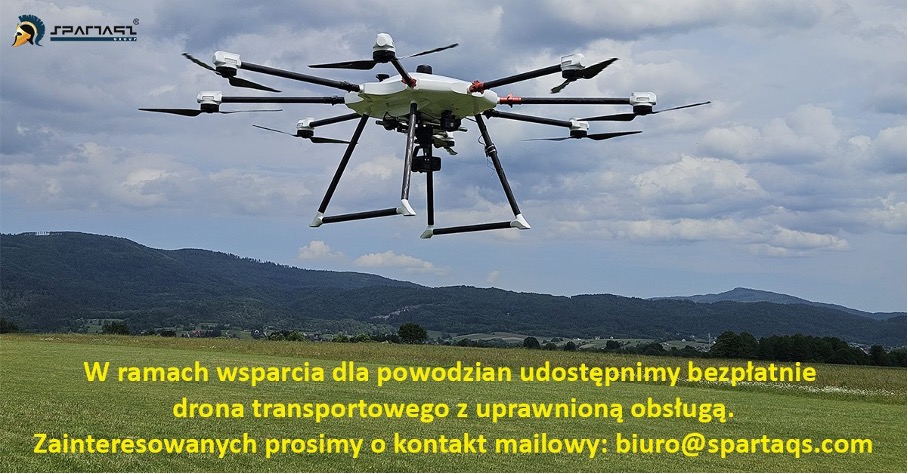Z bliska i daleka: Spartaqs na IV Konferencji Optoelektronicznej
One picture is worth 1000 words. However, on the verge of a rapid development of artificial intelligence, pure information becomes more important than the picture, the answer to the question what we have seen and what follows from it.
In 2017, the Canadian sharpshooter of Joint Task Force 2 killed an Islamic state fighter from a distance of 3540 meters. This is a feat, considered a new world record. The previous one was 2815 meters.
To do this, the Canadian sniper used a McMillan TAC-50 carabiner, which the manufacturer formally guarantees accuracy up to 1,800 meters. The missile flew 10 seconds to reach its target at 1270 km / h, which is faster than the Boeing 747. It would not be possible without the appropriate optoelectronic equipment, which was equipped both the shooter and his observer.
Civilians can check the quality of optoelectronic equipment during the so-called long observations. The point is to see from as far as possible the peaks of the Tatra Mountains, the Alps or smoke over Mount Etna. In August 2017, the French tourist Marc Bret photographed the Pic Gaspard mountain in the Dauphine Alps (France, 3881 meters above sea level) from the Pic de Finestrelles (Pyrenees-Orientales, France, 2820 meters above sea level) – this is up to 443 km and thus set a world record. Also, the most extreme observation of the Tatra Mountains from Poland territory was recorded in June 2018. Michał Skiba (Rzeszów) took a photo of Lomnica, Durny Szczyt and the Ice Summit from Salomino in the Gościeradów commune (Lubelska Upland). It is approx. 223 km.
These achievements, however, are nothing like the exploits of the Hubble Space Telescope. Thanks to it, astronomers have noticed Icarus – the blue supergiant, which is 9 billion light years from our Solar System. It’s 100 times further away than the next star we’re able to study. This is the furthest star from the previously observed. But when the Hubble telescope is soon going to be replaced by the James Webb Space Telescope, we will probably see even farther located astronomical objects. No wonder that photonics becomes a key area of science and technology.
Trends on the market
Special Forces soldiers expect light, intelligent and multifunctional equipment. They would like the optoelectronic equipment to work in all lighting conditions, be ergonomic and fit their tasks – watch so that others do not know about it. It cannot be ruled out that in the near future human observing abilities will increase implants. Man will turn into a cyborg. For now, the Polish Army is waiting for ZISW Titan – The Individual Soldier’s Fight System of the Future, which is being created at PGZ SA under the guidance of PCO SA, the main organizer of the 4th Optoelectronic Conference.
ZISW Titan consists of Uniform system (combat clothing, thermoactive clothing, joint protectors, biomedical sensors); Weapons system (carabiner, carbine-grenade launcher, pistol, knife-bayonet, hand grenades, ammunition); C4I system (radio, communicator, power system, navigation, helmet display, headset);
Observation and recognition system (sights, cameras system, night vision, warning and identification system); Protection system like a bulletproof vest (various configurations), a modular helmet, a gas mask and a transfer system, which is integrated with the protection subsystem: pockets and bins for ammunition and equipment.
At the same time, microdrons resembling dragonflies are included in the equipment of other NATO countries. These flying cameras provide the soldier with the opportunity to observe the surroundings within a radius of 60 meters. Other nanodrons, equipped with a needle, become a dangerous weapon in the hands of commandos and agents of special services.
Generally, it comes to mind that drones can provide better operational awareness. The condition is their automation and coupling with other technologies such as augmented reality, thermovision and holograms. The image itself is less important, the result of observation is more crucial: enemy / not enemy, shoot / not shoot, run / stay. These are the elements of artificial intelligence, which will fast find their place in optoelectronic systems. This is what the money is allocated in the programs of the European Defense Agency (EDA), which encourages Polish entrepreneurs and scientists to participate.
Cap of invisibility
Although the speakers emphasized the importance of integrated optoelectronic infrared and thermal imaging equipment, it is equally important to hide the camera-observer. Such a need was reported to our company by the Border Guard, which was looking for a very silent drone with muffled engines and invisible to the human eye. This is how Prometheus was created – an invisible dronoid with dispersion coatings.
This idea is based on building the object with covers made of special material, in which the light being a projection of the background is dispersed. Objects masked with this technology become imperceptible from several dozen meters because they take on the color, brightness and luminance of the surrounding.
Adam Rorbek from our company talked about this and other dronoids. The gathered specialists was very interested in his presentation. To shoot accurately is one thing, but to observe the target from behind the ‘invisibility cap’ is an equally important feature.
More on our Facebook @SpartaqsGroup




